The Henbury Craters are a series of impact craters located in the Northern Territory of Australia, approximately 145 kilometres southwest of Alice Springs.
They were formed approximately 4,700 years ago when a meteorite, estimated to weigh several tonnes, broke apart and struck the Earth’s surface. The impact created at least 13 craters (aout five are easily recognisable), ranging in size from 7 to 180 meters in diameter. This event makes Henbury one of the best-preserved meteorite impact sites in the world and the oldest known impact site in Australia with clear evidence of human presence at the time of impact.
The craters hold significant cultural importance for the local Aboriginal people. According to their oral traditions, the impact event is described as a fire devil that came from the sun, hit the ground, and created the holes. This oral history aligns remarkably well with the scientific explanation, demonstrating the longevity and accuracy of Aboriginal knowledge passed down through generations.
The Henbury Meteorites Conservation Reserve, established in 1982, protects the crater field and offers visitors a unique opportunity to explore an ancient cosmic impact site. Tourists can walk along a self-guided interpretive trail that provides information about the craters’ formation and significance. The largest crater, which is 180 meters wide and 15 meters deep, is particularly impressive and offers a tangible connection to cosmic events.
The Henbury Craters offer a fascinating glimpse into Earth’s cosmic history and Aboriginal culture. Their well-preserved state and relatively easy access make them an intriguing destination for those interested in geology, astronomy, or Indigenous heritage. Visitors are reminded to respect the site’s cultural and scientific significance by not removing any materials and staying on designated paths.
Getting There:
Visitors typically start from Alice Springs, travelling south on the Stuart Highway for about 145 kilometers. The turnoff is well sign-posted so turn right onto the unsealed Henbury Access Road and continue for approximately 15 kilometres to reaching the reserve. The site is accessible by conventional vehicles, but a 4WD is recommended, especially during wet seasons. It’s advisable to check road conditions before traveling, as the unsealed road can become impassable after heavy rains.
Camping:
The reserve has minimal facilities due to their remote location and there are no permanent structures or amenities exist on-site. There’s a basic car park with informational signage about the meteorite impact site and walking trails allow visitors to explore the crater field.
Camping is not permitted within the conservation reserve but I did brave to flies and desolate surrounding to pitch my tent and stay one night, I must admit though that it was a very worthwhile stay, As the day drew to and end, the light soffened and the shadows lengthened, the photography opportunities were phenomenal.
Visitting this sit if you are a keen astronomer or geologist is a must.



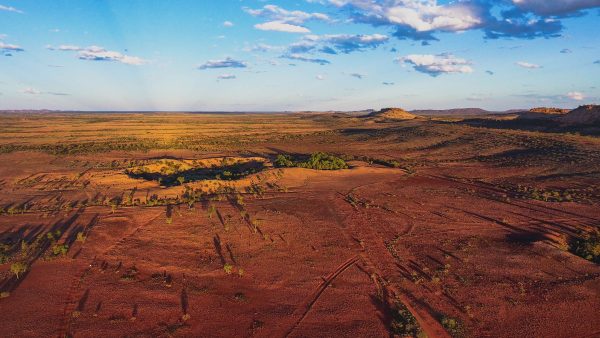

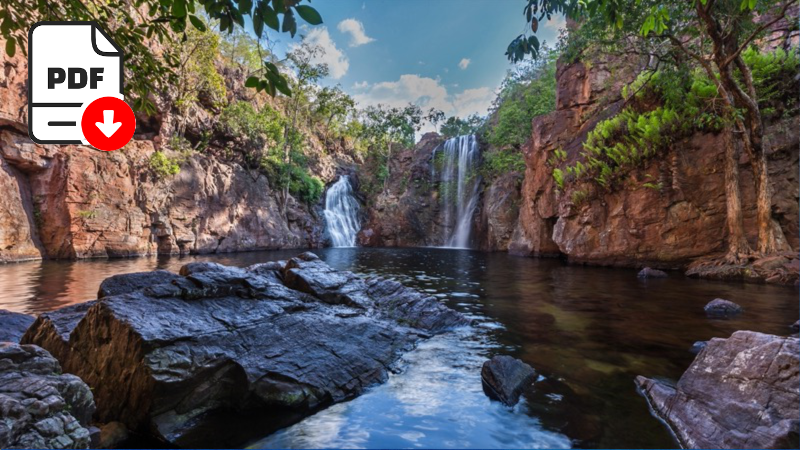

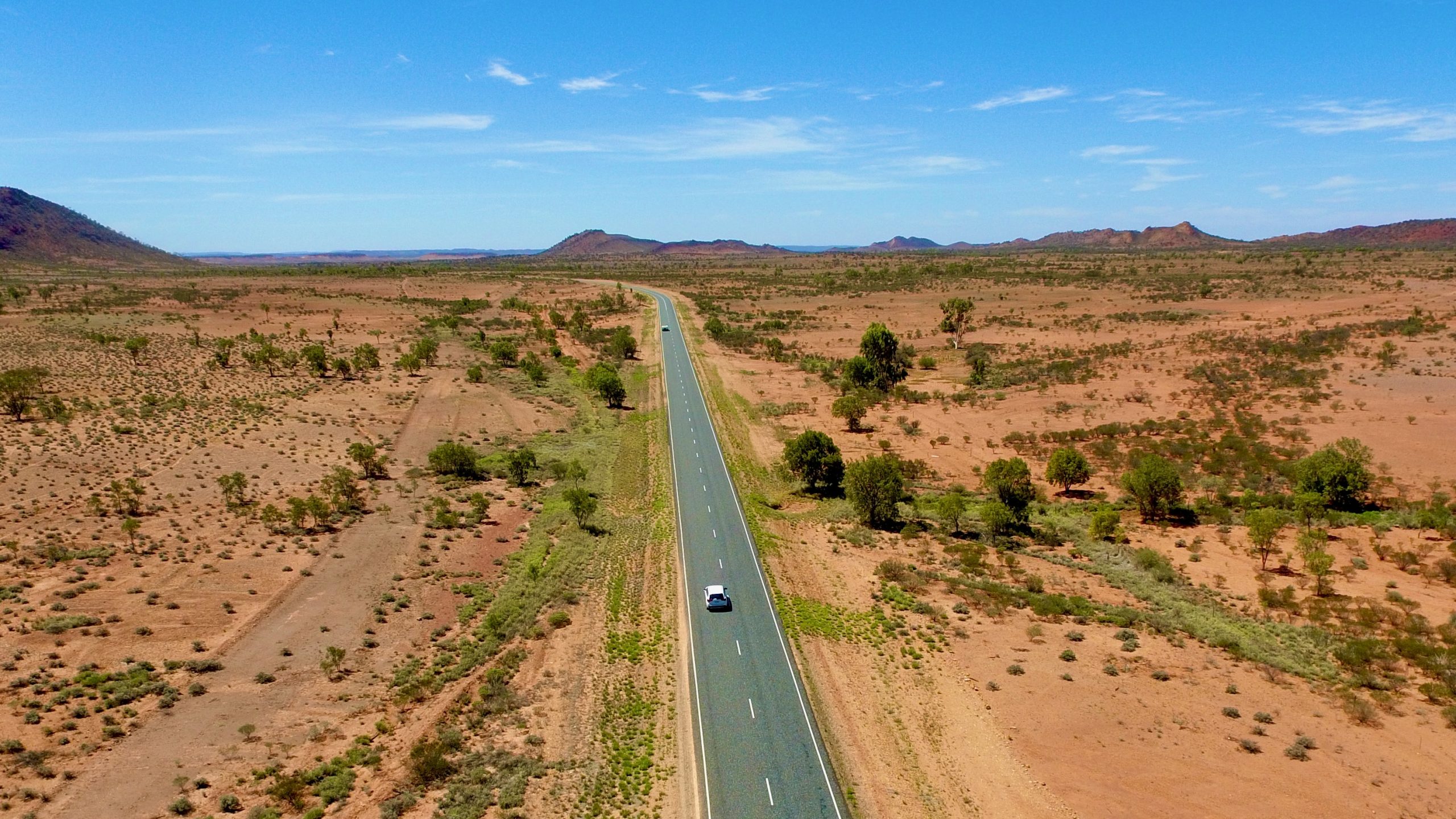
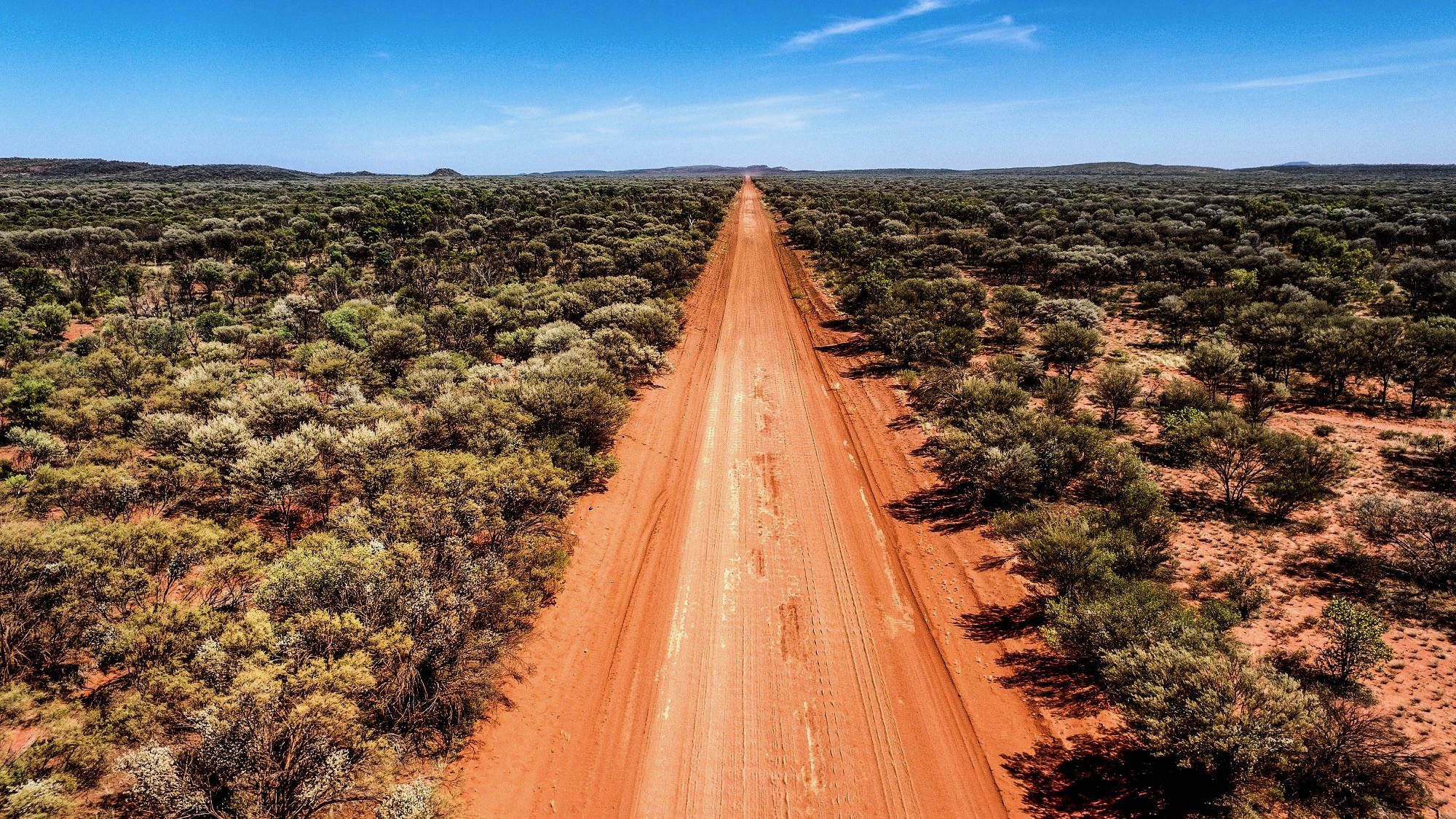
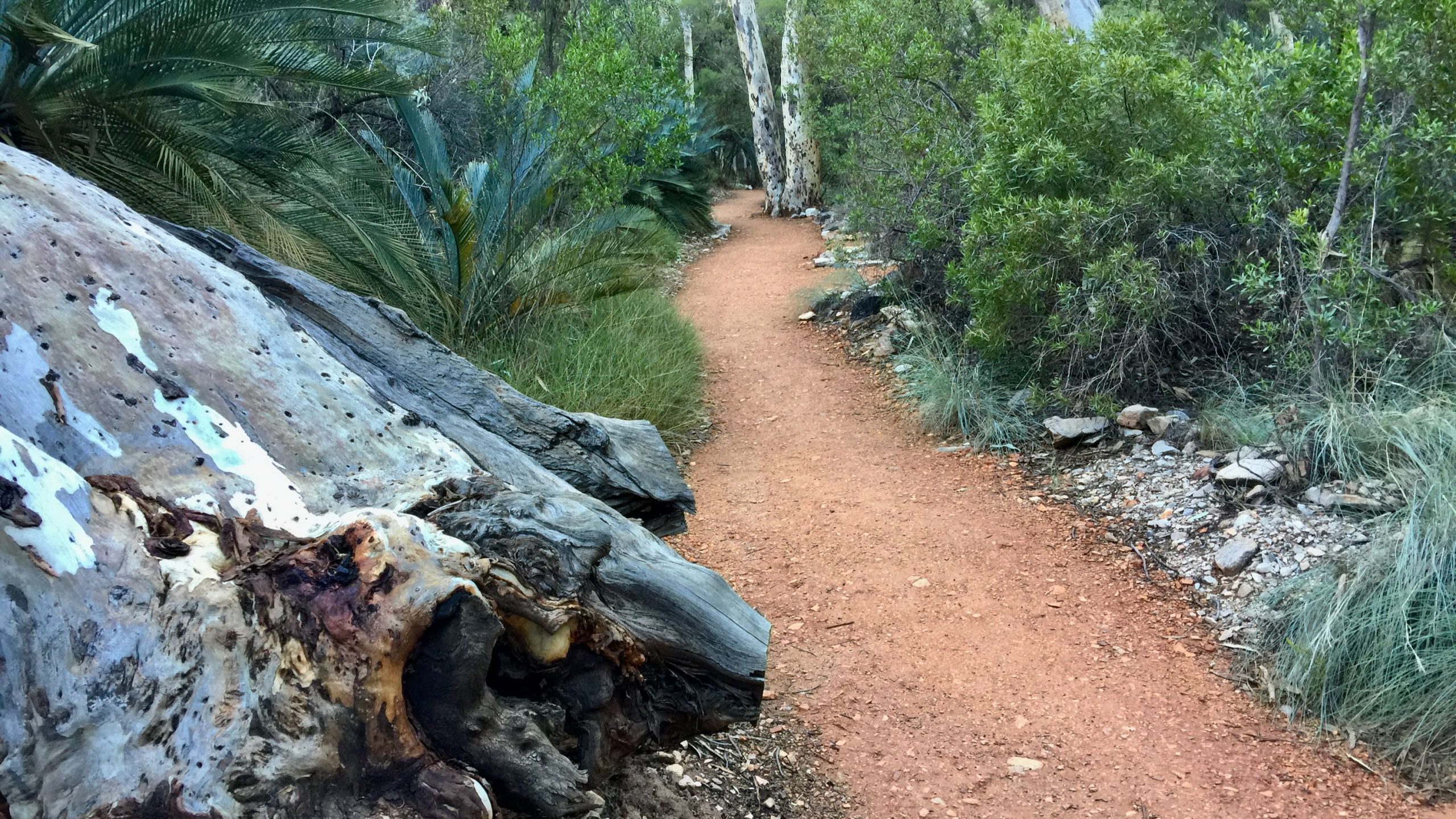
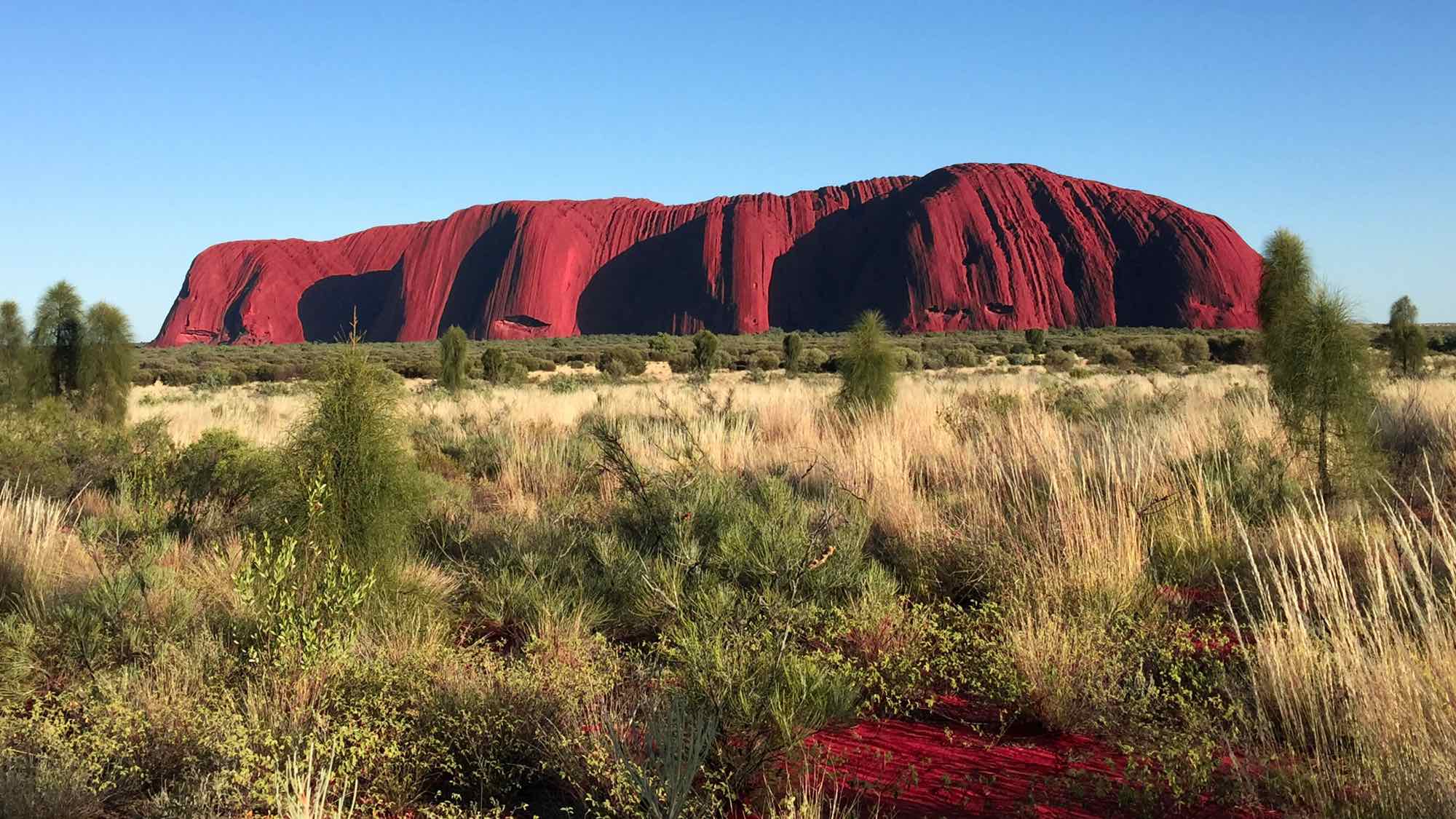
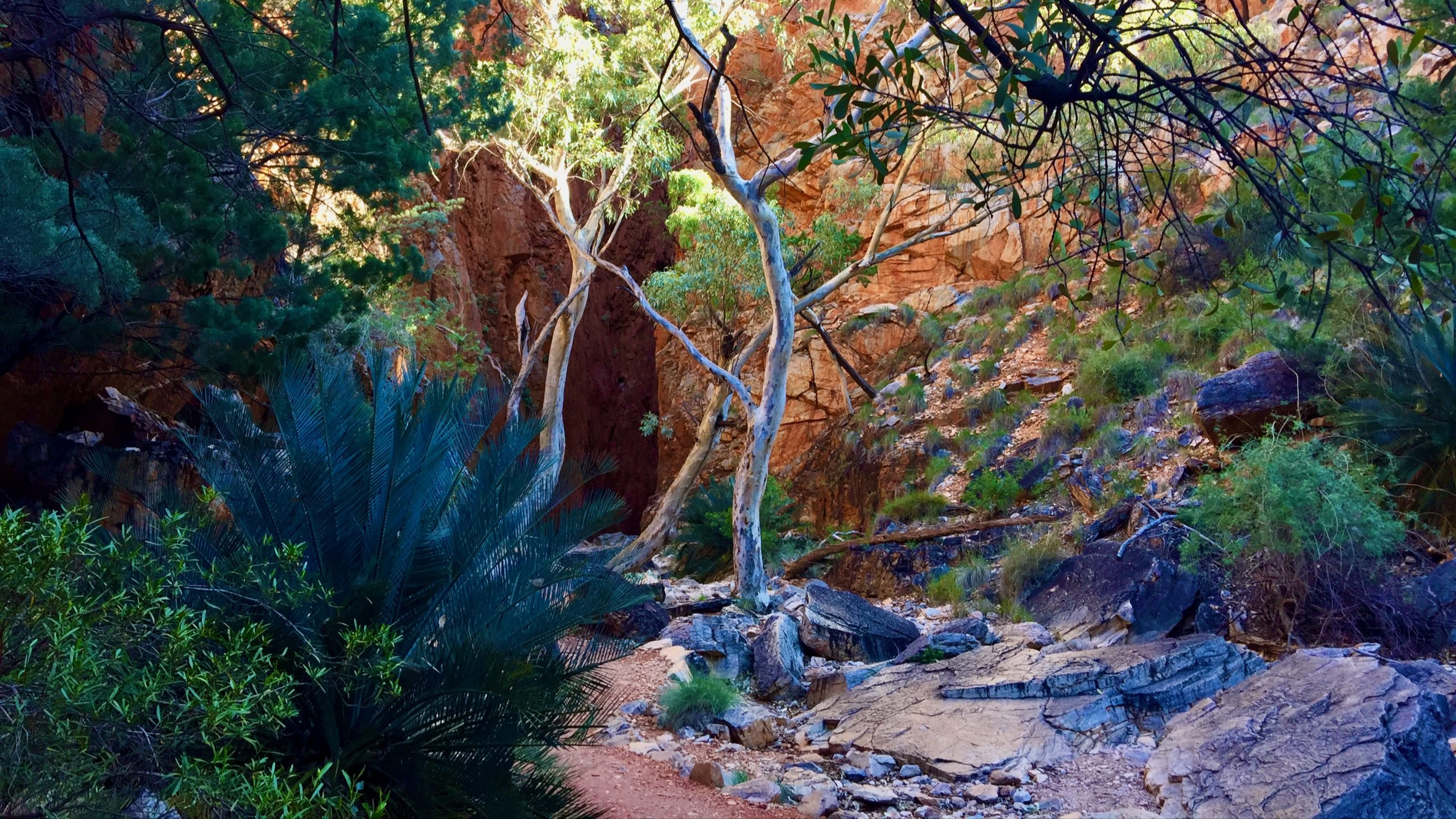
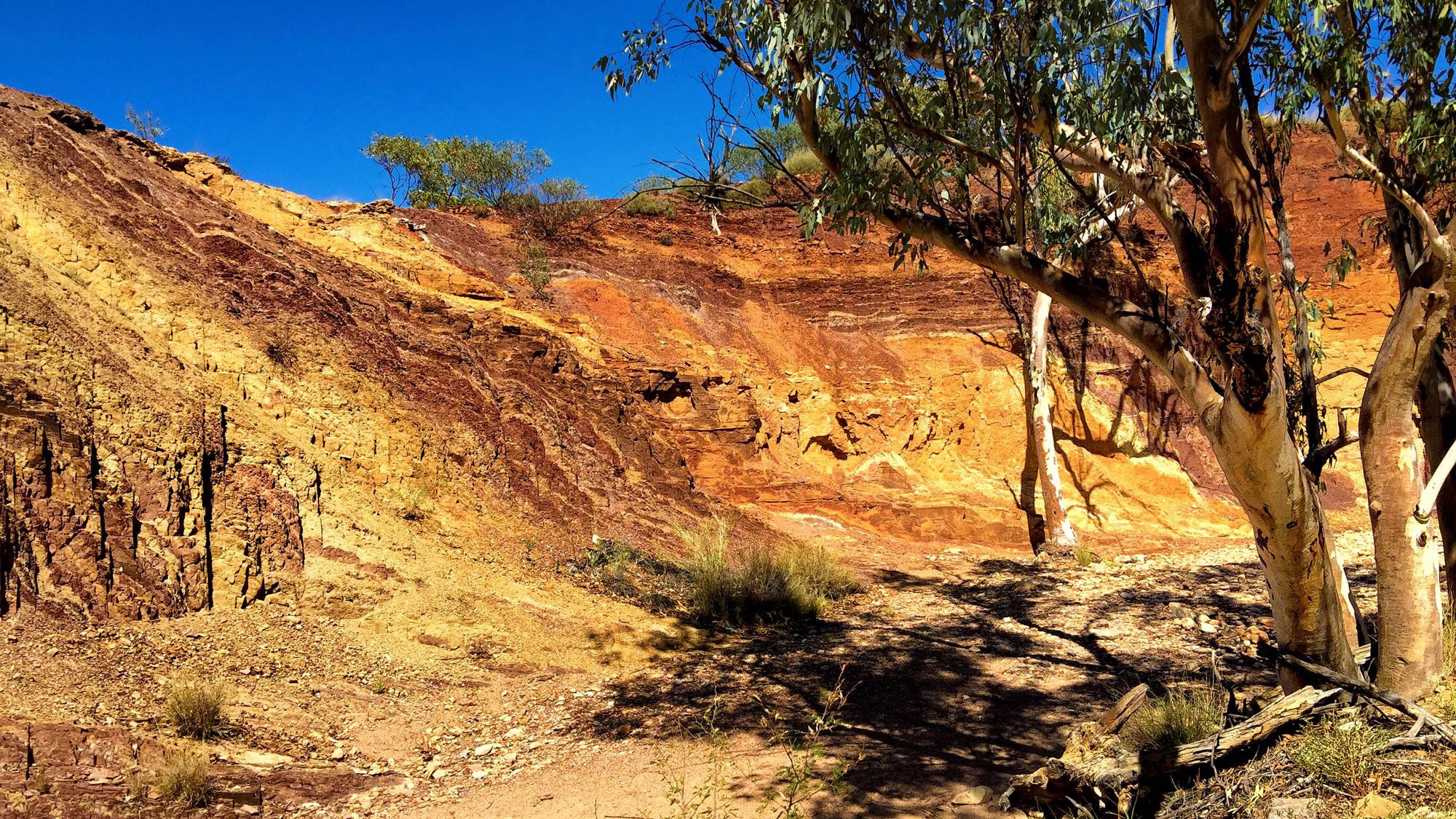
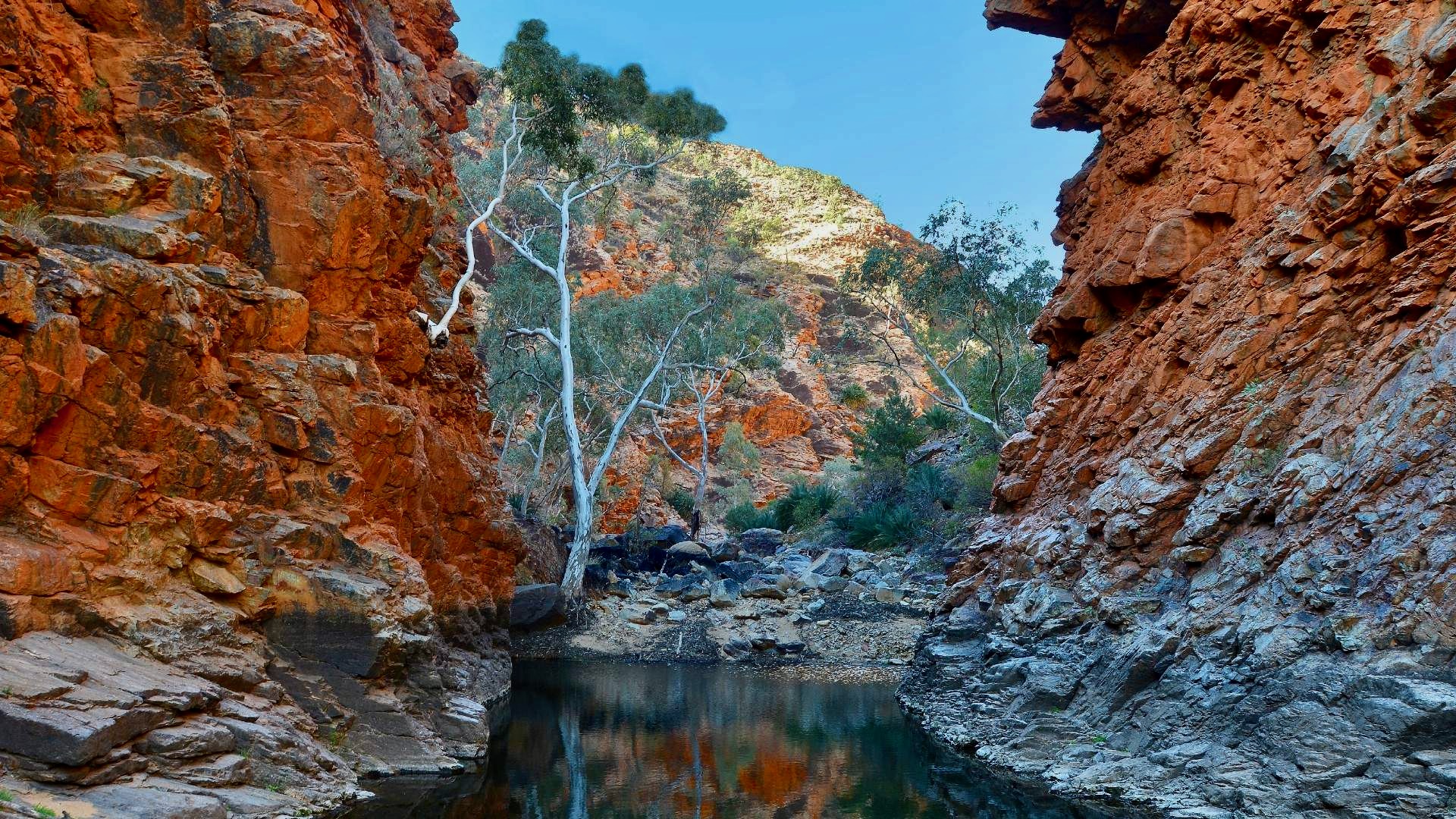
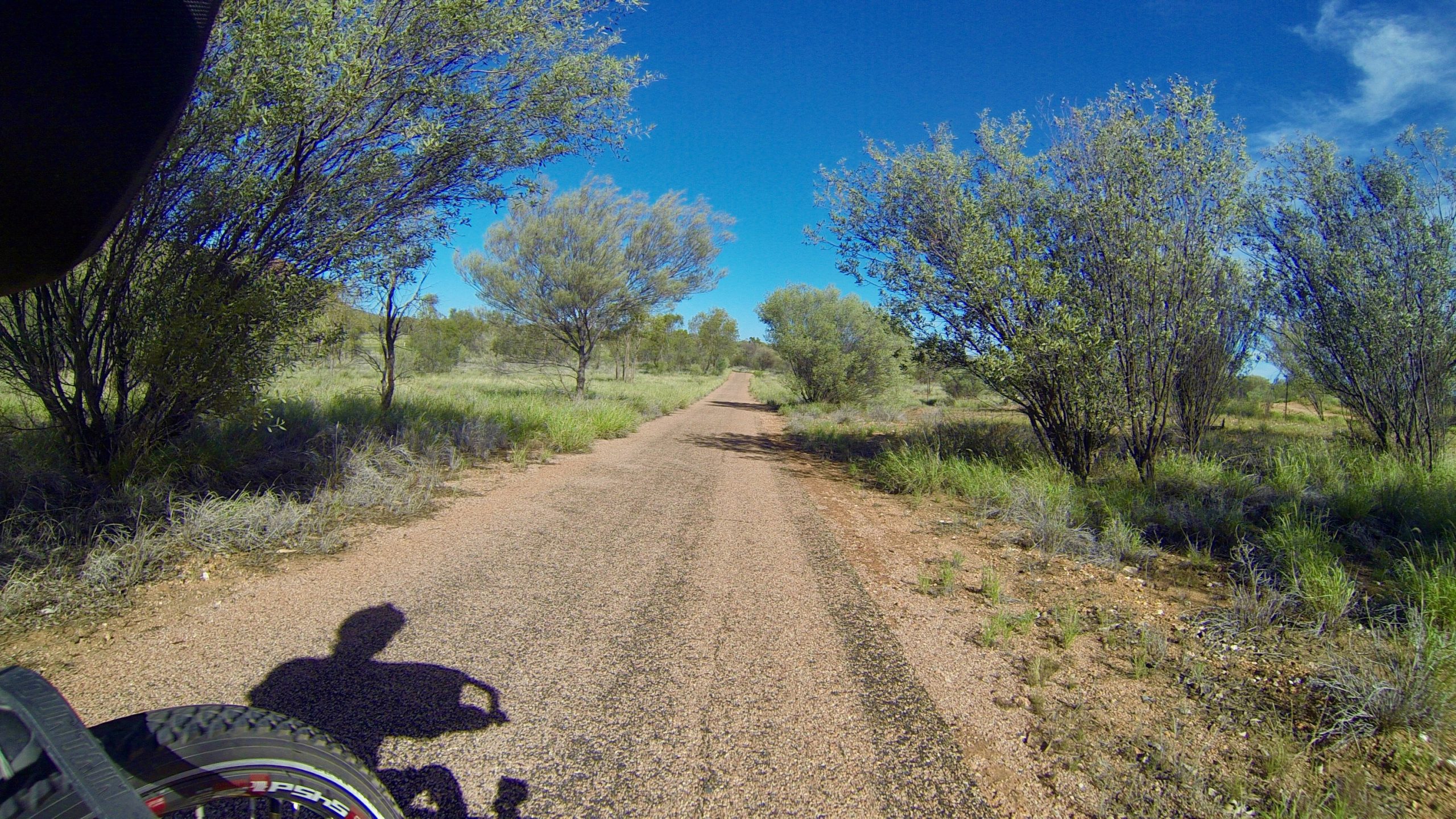
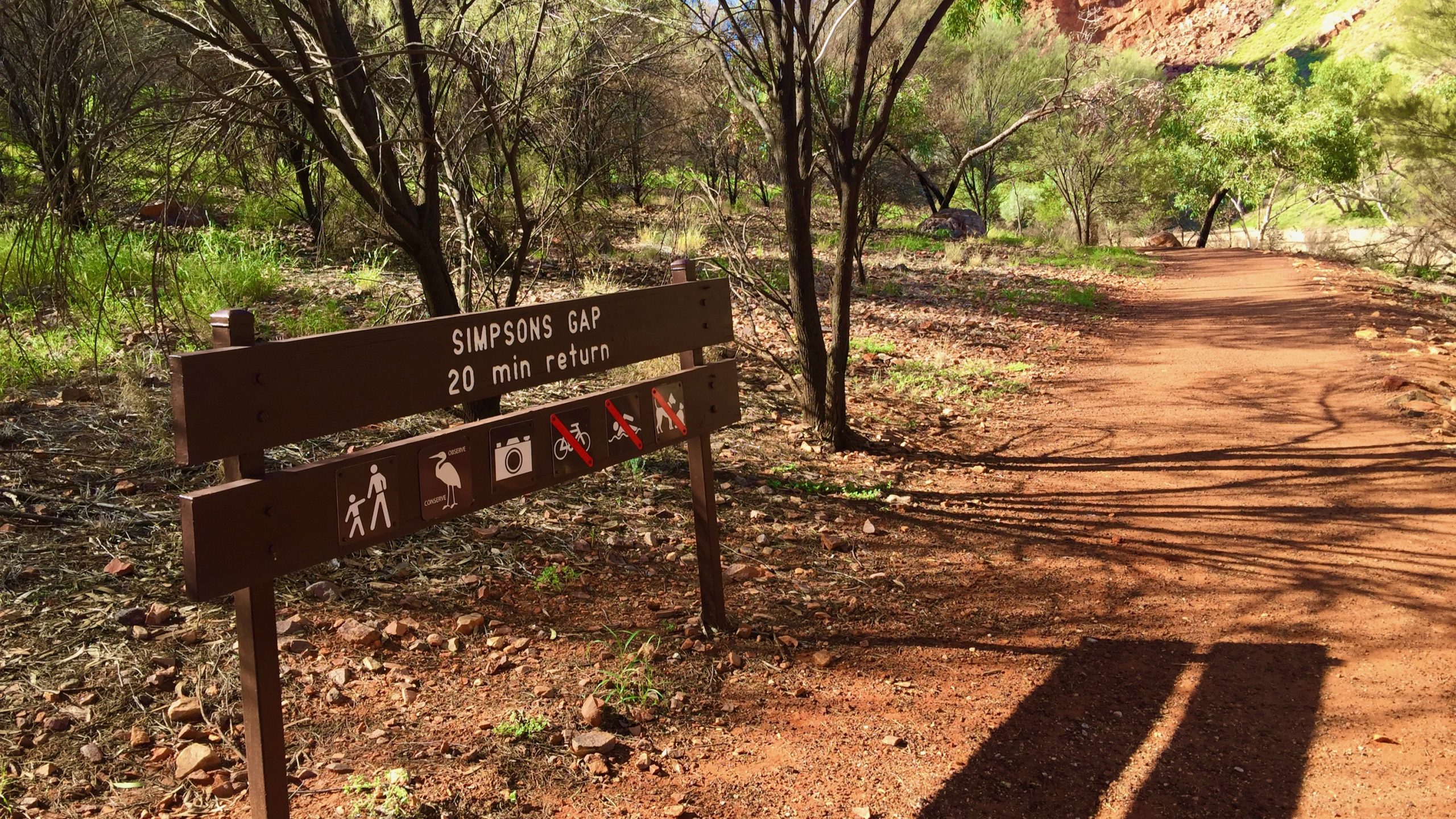
Leave A Comment